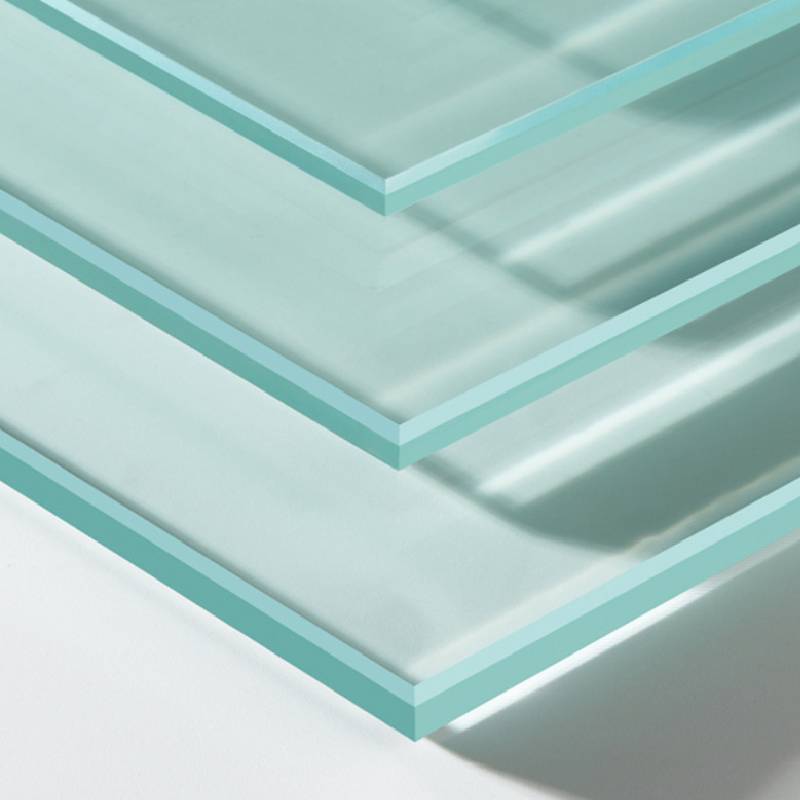The Advantages and Applications of Low Reflective Glass
In recent years, architecture and design have increasingly adopted low reflective glass as a preferred material in both residential and commercial projects. This innovative glass offers numerous benefits that cater to the needs of contemporary living, aesthetic preferences, and environmental considerations. Understanding its properties and applications can provide valuable insights into why it is gaining popularity in various sectors.
What is Low Reflective Glass?
Low reflective glass is engineered to reduce the amount of light that is reflected off its surface. Traditional glass can reflect up to 8% of incoming light, which can lead to issues like glare, reduced visibility, and visual distortion. Low reflective glass, however, has been treated with specialized coatings that significantly minimize reflection—often bringing it down to around 1% to 2%. This reduction enhances transparency and allows for a clearer and more vibrant view of the surroundings, making it an ideal choice for various applications.
Enhancing Aesthetics
One of the primary reasons architects and designers opt for low reflective glass is its aesthetic appeal. It creates a seamless experience between indoor and outdoor environments. Natural light can penetrate interiors without the distraction of glare, enhancing the quality of natural illumination in spaces. This characteristic is particularly beneficial in buildings with large glass facades or panoramic windows, as it allows for an unobstructed view of the landscape while maintaining an appealing visual flow.
Moreover, low reflective glass is available in several finishes and colors, allowing designers to customize it to fit particular styles or themes. Whether it be modern buildings that demand sleek lines or traditional architecture that benefits from a softer appearance, low reflective glass can adapt to various design needs.
Energy Efficiency
Another critical advantage of low reflective glass is its energy efficiency. By allowing more natural light to enter buildings, it reduces the reliance on artificial lighting, ultimately decreasing energy consumption. This quality is especially important in today’s context, where sustainability is a priority. Many designers and builders are required to comply with energy-saving regulations, and incorporating low reflective glass into their designs can help achieve those goals.
low reflective glass
Additionally, low reflective glass often features insulating properties that help regulate indoor temperatures. This means that buildings can maintain comfortable living and working conditions year-round while also reducing energy usage for heating and cooling systems.
Safety and Privacy
In terms of safety, low reflective glass is also advantageous. Its ability to reduce glare minimizes the risk of accidents, particularly in commercial spaces where large crowds gather. Employees and customers alike benefit from a comfortable environment that reduces visual strain.
As for privacy, while low reflective glass can provide some transparency, it still allows for discretion. Many low reflective glass products are designed to minimize visibility from the outside while maintaining clarity from the interior—not compromising safety or privacy, crucial factors for both residential and commercial buildings.
Applications
The versatility of low reflective glass lends itself to a wide range of applications. In commercial settings, it is widely used in offices, retail stores, and showrooms, where an open and inviting atmosphere is critical. In residential architecture, it enhances the beauty of homes, allowing natural light to flood interiors while providing unobstructed views of nature.
In addition, low reflective glass is increasingly found in high-rise buildings, hotels, and public spaces where large glass walls are common. Its aesthetic appeal combined with energy efficiency and safety features makes it indispensable in modern architecture.
Conclusion
Low reflective glass represents a significant advancement in building materials that aligns with contemporary design philosophies and sustainability goals. By minimizing reflections, enhancing beauty, promoting energy efficiency, and ensuring safety, it has become a popular choice among architects and designers. As we continue to seek ways to integrate functionality with aesthetic appeal, the role of low reflective glass in shaping our environments will undoubtedly grow, enriching our spaces and experiences.
 Afrikaans
Afrikaans  Albanian
Albanian  Amharic
Amharic  Arabic
Arabic  Armenian
Armenian  Azerbaijani
Azerbaijani  Basque
Basque  Belarusian
Belarusian  Bengali
Bengali  Bosnian
Bosnian  Bulgarian
Bulgarian  Catalan
Catalan  Cebuano
Cebuano  Corsican
Corsican  Croatian
Croatian  Czech
Czech  Danish
Danish  Dutch
Dutch  English
English  Esperanto
Esperanto  Estonian
Estonian  Finnish
Finnish  French
French  Frisian
Frisian  Galician
Galician  Georgian
Georgian  German
German  Greek
Greek  Gujarati
Gujarati  Haitian Creole
Haitian Creole  hausa
hausa  hawaiian
hawaiian  Hebrew
Hebrew  Hindi
Hindi  Miao
Miao  Hungarian
Hungarian  Icelandic
Icelandic  igbo
igbo  Indonesian
Indonesian  irish
irish  Italian
Italian  Japanese
Japanese  Javanese
Javanese  Kannada
Kannada  kazakh
kazakh  Khmer
Khmer  Rwandese
Rwandese  Korean
Korean  Kurdish
Kurdish  Kyrgyz
Kyrgyz  Lao
Lao  Latin
Latin  Latvian
Latvian  Lithuanian
Lithuanian  Luxembourgish
Luxembourgish  Macedonian
Macedonian  Malgashi
Malgashi  Malay
Malay  Malayalam
Malayalam  Maltese
Maltese  Maori
Maori  Marathi
Marathi  Mongolian
Mongolian  Myanmar
Myanmar  Nepali
Nepali  Norwegian
Norwegian  Norwegian
Norwegian  Occitan
Occitan  Pashto
Pashto  Persian
Persian  Polish
Polish  Portuguese
Portuguese  Punjabi
Punjabi  Romanian
Romanian  Russian
Russian  Samoan
Samoan  Scottish Gaelic
Scottish Gaelic  Serbian
Serbian  Sesotho
Sesotho  Shona
Shona  Sindhi
Sindhi  Sinhala
Sinhala  Slovak
Slovak  Slovenian
Slovenian  Somali
Somali  Spanish
Spanish  Sundanese
Sundanese  Swahili
Swahili  Swedish
Swedish  Tagalog
Tagalog  Tajik
Tajik  Tamil
Tamil  Tatar
Tatar  Telugu
Telugu  Thai
Thai  Turkish
Turkish  Turkmen
Turkmen  Ukrainian
Ukrainian  Urdu
Urdu  Uighur
Uighur  Uzbek
Uzbek  Vietnamese
Vietnamese  Welsh
Welsh  Bantu
Bantu  Yiddish
Yiddish  Yoruba
Yoruba  Zulu
Zulu 

